thermal energy Learn more about thermal energy
-
Environmental protection decoration of Taipei coffee shop saves 30% of electricity bill.

There is a super-energy-saving coffee shop in Taipei. On the roof, operators choose energy-saving thermal insulation panels, coupled with wood decoration, and replace the lamps with corrugated paper lamps. Even Rain Water can recycle and reuse, saving 30% of the electricity bill every month, which is very environmentally friendly. There are electricity-saving people in southern Taiwan and green electricity-saving coffee shops in northern Taiwan. in general, when cement buildings are exposed to the west, the indoor temperature will
2014-04-27 Taipei coffee shop environmental protection decoration monthly province 30% electricity bill one province -
The basic Chemical reaction of Coffee Baking process

Original: Basic Chemical Reactions Occurring in the Roasting Process by Carl Staub sourced from the SCAA Roast Color Classification System developed by Agtron-SCAA in 1995 Many thermal and chemical reactions occur during the roasting proces
2015-01-27 Coffee roasting process basic Chemical reaction Chinese-English Bilingual Translation original B -
Basic chemical reactions in the roasting process of coffee in both Chinese and English
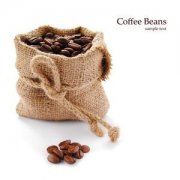
Original: Basic Chemical Reactions Occurring in the Roasting Process by Carl Staub sourced from the SCAA Roast Color Classification System developed by Agtron-SCAA in 1995 Many thermal and chemical reactions occur during the roasting proces
2015-04-14 Coffee roasting process basic chemical reaction Chinese-English bilingual -
Explanation of the basic chemical reaction of coffee roasting in both Chinese and English
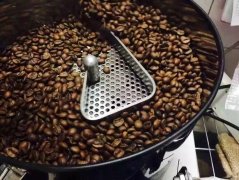
Original: Basic Chemical Reactions Occurring in the Roasting Process by Carl Staub sourced from the SCAA Roast Color Classification System developed by Agtron-SCAA in 1995 Many thermal and chemical reactions occur during the roasting proces
2015-10-26 Coffee roasting process basic chemical reaction Chinese-English bilingual explanation -
Intelligent temperature control cup: Green Smart Glass
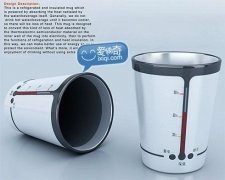
This Chinese-designed intelligent temperature control cup (Green Smart Glass), the thermometer on the cup can tell you the temperature of the liquid in the cup, pour the boiling water into it, and the temperature of the water will drop gradually from boiling point to room temperature under normal circumstances. What is special about this intelligent temperature control cup is that in the process of cooling, the thermoelectric material on the cup wall converts thermal energy into electrical energy, which is stored.
2015-07-17 Intelligent temperature control Green Smart Glass this one Chinese -
Intelligent temperature control cup: Green Smart Glass
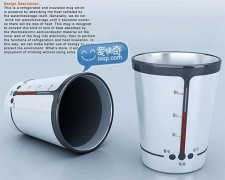
This Chinese-designed intelligent temperature control cup (Green Smart Glass), the thermometer on the cup can tell you the temperature of the liquid in the cup, pour the boiling water into it, and the temperature of the water will drop gradually from boiling point to room temperature under normal circumstances. What is special about this intelligent temperature control cup is that in the process of cooling, the thermoelectric material on the cup wall converts thermal energy into electrical energy, which is stored.
2015-10-09 Intelligent temperature control Green Smart Glass this one Chinese -
Basic chemical reactions that occur during coffee roasting

Many thermal and chemical reactions take place during baking: decarbonation, dehydration of quinic acid, fragmentation, isomerization, polymerization, and complex sugar reactions (caramelization). The main thermally reactive components are monosaccharides and sucrose, chlorogenic acid, displaced amino acids, and trigonelline amide. Both aravinone and calactose in polysaccharides are transferred, and basic sulfurization contains hydroxyamino acids.
2014-08-20 Coffee knowledge Coffee roasting Chemical changes Coffee encyclopedia -
The basic chemical reaction of coffee roasting process

Many thermal and chemical reactions take place during baking: decarbonation, dehydration of quinic acid, subdivision, isomerization, polymerization, and complex sugar reactions (caramelization). The main components of the thermal reaction are monosaccharides and sucrose, chlorogenic acid, free amino acids, and fenugreek amide. Both aravinose and calactose in the polysaccharides are transferred, and the basic vulcanization contains hydroxylated amino acid.
2014-08-15 Coffee knowledge coffee roasting process baking chemical reaction -
The basic chemical reaction that takes place during coffee roasting.

Many thermal and chemical reactions take place during baking: decarbonation, dehydration of quinic acid, subdivision, isomerization, polymerization, and complex sugar reactions (caramelization). The main components of the thermal reaction are monosaccharides and sucrose, chlorogenic acid, free amino acids, and fenugreek amide. Both aravinose and calactose in the polysaccharides are transferred, and the basic vulcanization process includes hydroxylamine.
2014-11-22 Coffee knowledge coffee common sense coffee roasting chemical reaction -
The basic chemical reactions that take place during coffee roasting

Many thermal and chemical reactions take place during baking: decarbonation, dehydration of quinic acid, subdivision, isomerization, polymerization, and complex sugar reactions (caramelization). The main components of the thermal reaction are monosaccharides and sucrose, chlorogenic acid, free amino acids, and fenugreek amide. Both aravinose and calactose in the polysaccharides are transferred, and the basic vulcanization process includes hydroxylamine.
2015-10-15 Coffee roasting process medium hair raw basic chemical reaction -
Basic chemical reactions of coffee beans during coffee roasting
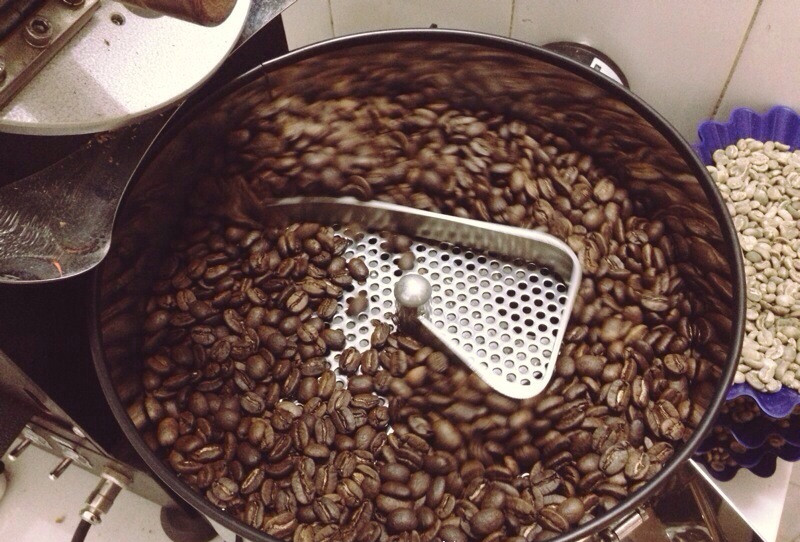
Many thermal and chemical reactions take place during baking: decarbonation, dehydration of quinic acid, subdivision, isomerization, polymerization, and complex sugar reactions (caramelization). The main components of the thermal reaction are monosaccharides and sucrose, chlorogenic acid, free amino acids, and fenugreek amide. Both aravinose and calactose in the polysaccharides are transferred, and the basic vulcanization process includes hydroxylamine.
2015-03-16 Coffee roasting process coffee beans raw basic chemical reaction -
The basic chemical reactions that take place during coffee roasting
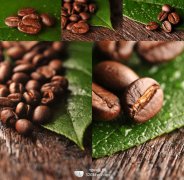
Many thermal and chemical reactions take place during baking: decarbonation, dehydration of quinic acid, subdivision, isomerization, polymerization, and complex sugar reactions (caramelization). The main components of the thermal reaction are monosaccharides and sucrose, chlorogenic acid, free amino acids, and fenugreek amide. Both aravinose and calactose in the polysaccharides are transferred, and the basic vulcanization process includes hydroxylamine.
2014-08-21 Coffee roasting process medium hair raw basic chemical reaction -
The basic chemical reactions that take place during coffee roasting.
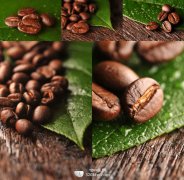
Many thermal and chemical reactions take place during baking: decarbonation, dehydration of quinic acid, subdivision, isomerization, polymerization, and complex sugar reactions (caramelization). The main components of the thermal reaction are monosaccharides and sucrose, chlorogenic acid, free amino acids, and fenugreek amide. Both aravinose and calactose in the polysaccharides are transferred, and the basic vulcanization process includes hydroxylamine.
2015-01-08 Coffee common sense baking process medium hair raw basic chemical reaction passing -
The basic chemical reaction of coffee technology in the process of coffee roasting

Many thermal and chemical reactions take place during baking: decarbonation, dehydration of quinic acid, subdivision, isomerization, polymerization, and complex sugar reactions (caramelization). The main components of the thermal reaction are monosaccharides and sucrose, chlorogenic acid, free amino acids, and fenugreek amide. Both aravinose and calactose in the polysaccharides are transferred, and the basic vulcanization process includes hydroxylamine.
2014-10-09 Coffee knowledge coffee technology coffee roasting baking chemical reaction -
Arabica coffee helps scientists absorb solar heat directly with organic colloids.
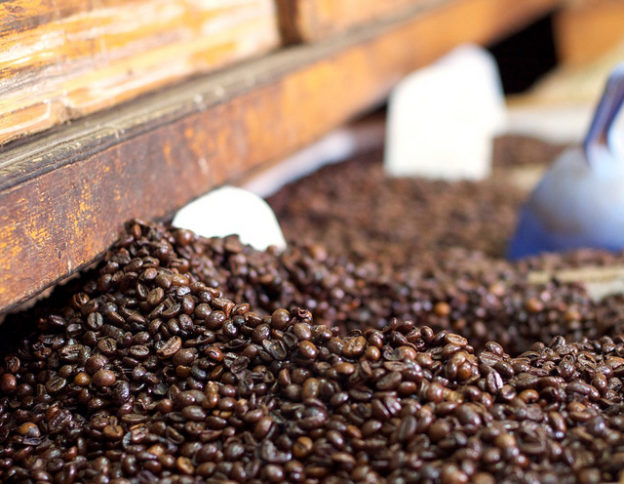
Professional Coffee knowledge Exchange more information on coffee beans Please follow Coffee Workshop (Wechat official account cafe_style) Arabica Coffee is a high-priced coffee with a supple taste and low caffeine, now it has a new use. Italian scientists have used a colloid (fluid) containing Arabica coffee to absorb solar heat directly. People are rich in solar energy resources.
2019-03-26 Rabbi coffee booster scientist organic colloid direct absorption sun heat -
Non-electric coffee bean roaster made by Japanese engineers
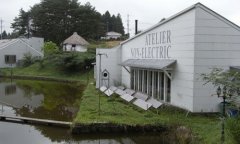
Yasuyuki Fujimura is a non-electric studio built in Natsucho, Japan. In 1953, the world's first washing machine was introduced in Japan; in the same year, the national color TV standard was set. Since then, household appliances began to enter thousands of households, so 1953 is also known as the first year of electrification. The beginning of the electrification era marks the peak of human demand for energy. Nowadays, human beings have become dependent on electric energy.
2014-07-08 Coffee beans roaster non-electric roaster -
Non-electric coffee bean roaster made by Japanese engineers
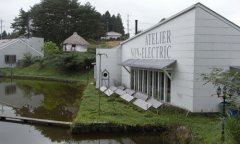
Yasuyuki Fujimura is a non-electric studio built in Natsucho, Japan. In 1953, the world's first washing machine was introduced in Japan; in the same year, the national color TV standard was set. Since then, household appliances began to enter thousands of households, so 1953 is also known as the first year of electrification. The beginning of the electrification era marks the peak of human demand for energy. Nowadays, human beings have become dependent on electric energy.
2015-07-06 Japan engineer Zaiwu Coffee Bean Baking Fujimura Yasuji -
How does the sour and bitter in coffee come from?

Many thermal and chemical reactions take place during baking: decarbonation, dehydration of quinic acid, subdivision, isomerization, polymerization, and complex sugar reactions (caramelization).
2014-08-25 Coffee knowledge sour coffee bitter coffee why coffee is bitter -
The basic chemical reaction of coffee knowledge during coffee roasting.
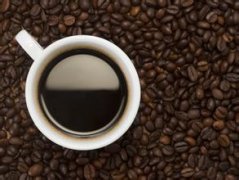
Many thermal and chemical reactions take place during baking: decarbonation, dehydration of quinic acid, subdivision, isomerization, polymerization, and complex sugar reactions (caramelization). The main components of the thermal reaction are monosaccharides and sucrose, chlorogenic acid, free amino acids, and fenugreek amide. Both aravinose and calactose in the polysaccharides are transferred, and the basic vulcanization process includes hydroxylamine.
2014-12-31 Coffee knowledge baking process medium hair raw basic chemical reaction passing -
Green Smart Glass
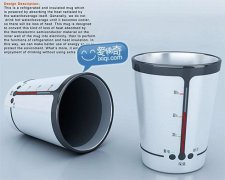
The special feature of this intelligent temperature-controlled cup is that the thermoelectric material on the wall of the cup converts heat energy into electrical energy during the cooling process, and this electrical energy can assist in cooling or keeping the liquid in the cup when you need it (for example, the next cup ~).
2014-07-08 Temperature-controlled cups coffee cups
